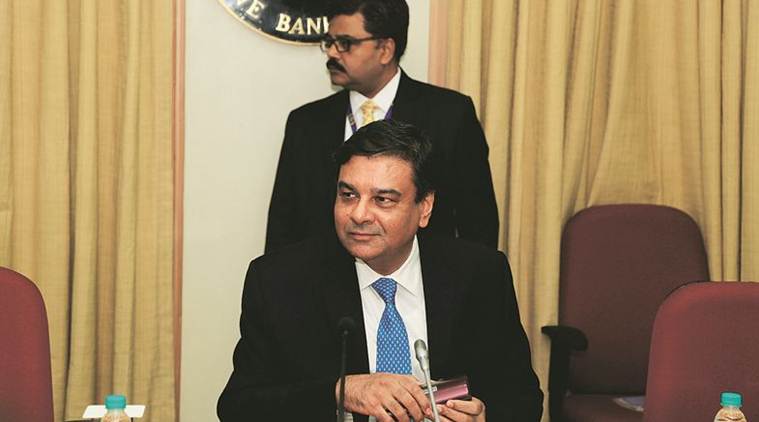Rupee fall moderate when compared with emerging market peers, says RBI governor Urjit Patel
Urjit Patel said the forex reserves of $400.5 billion as of end September are sufficient to finance 10 months of imports.
 RBI Governor Urjit Patel in Mumbai, Friday. (Photo by Prashant Nadkar)
RBI Governor Urjit Patel in Mumbai, Friday. (Photo by Prashant Nadkar)
Reserve Bank Governor Urjit Patel on Friday said the country has not been “immune” to global spillovers from external factors and the rupee fall, in some respect, is moderate in comparison to several emerging market peers. Stating that the rupee is still better than its EM peers, he maintained that the value of rupee is determined by the market forces and the RBI does not have any “target or band” around any particular level of the exchange rate.
He said the forex reserves of $400.5 billion as of end September are sufficient to finance 10 months of imports. Patel’s comments — first since the volatility began last month — came as the rupee crossed the 74-mark against the dollar on Friday afternoon after opening higher than its previous close at 73.52. Patel said the rupee has experienced bouts of volatility since the monetary policy committee meeting in August 2018.
Ruling out any target for rupee, he said: “Our response to these unsettled conditions has been to ensure that foreign exchange market remains liquid with no undue volatility.” By the end of September, the rupee has depreciated in nominal effective terms by 5.6 per cent since March end, Patel said. In real effective term, the rupee fall has been at 5 per cent, he added. Meanwhile, the Federation of Indian Export Organisations (FIEO) Friday said the rupee fall is raising the cost of imported capital goods, inputs and various services used by exporters paid in forex, particularly freight charges.
Though the domestic currency has depreciated by over 13 per cent this year, the trends in non-deliverable forward (NDF) market indicate that further fall is not ruled out particularly as short-term debt share in India’s external debt is increasing. “Buyers are asking for sizeable reduction in prices, due to rupee depreciation, as depreciation of buyers’ currencies have also raised the landed price in their own country,” FIEO president Ganesh Kumar Gupta said.
He further said the most vociferous are the buyers from the Middle East, Africa and certain parts of Asia demanding deep cut in prices, while such demands from buyers in the US and Europe is sparingly received. “This puts exporters in quandary, if he has hedged himself thus not benefiting from weak rupee yet forced to cut prices,” Gupta said.
The rupee depreciation is further tightening the liquidity as the foreign currency component of export credit already availed gets revalued at a higher value in terms of Indian rupees, he said. “This has resulted in the exporter being asked by the banks to reduce their exposure by part payment or where the export credit limit is not fully disbursed, the available limit reduces, depriving exporter of funds which is extremely bad for exporters,” he said.






- 01
- 02
- 03
- 04
- 05

























